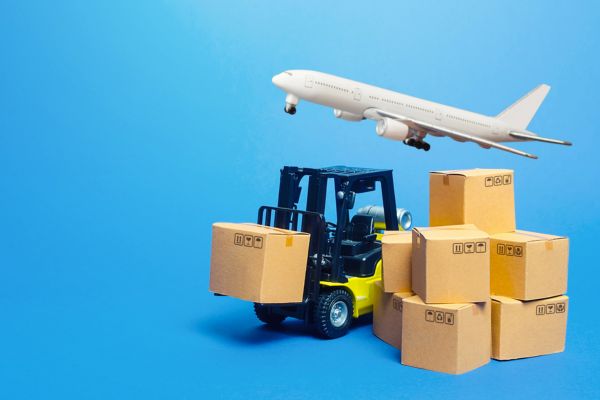In today’s globalized world, the need for efficient and reliable transportation of goods is more critical than ever. While various modes of transportation exist, air freight services have emerged as a crucial player, offering unparalleled speed and accessibility. In this article, we will explore the situations and industries where air transportation is needed, delving into the advantages and challenges it presents.
1. Understanding Air Freight Transportation
1.1 What is Air Freight Transportation?
Air freight transportation involves the shipment of goods and cargo via airplanes. It is a fast and efficient method of moving products across long distances.
1.2 How Does Air Freight Work?
The air freight process typically starts with the consignor arranging for the cargo to be picked up and delivered to the airport. Once the cargo is received at the airport, it goes through a series of checks and security measures before being loaded onto an aircraft. Upon reaching the destination airport, the consignee or recipient receives the cargo.
2. The Need for Air Freight Transportation
2.1 Time-Sensitive Shipments
When time is of the essence, air freight becomes indispensable. Industries dealing with perishable goods, such as pharmaceuticals and fresh produce, rely heavily on air transportation to ensure prompt delivery.
2.2 Global Trade and E-Commerce
The rise of international trade and e-commerce has increased the demand for air freight services. With consumers expecting faster shipping times, air freight provides a solution for delivering products across continents quickly.
2.3 Emergency Situations
During humanitarian crises or natural disasters, air cargo services play a pivotal role in delivering essential supplies, medical aid, and relief materials to affected regions promptly.
2.4 High-Value Cargo
Industries dealing with high-value items like luxury goods, electronics, and valuable artworks opt for air freight due to the heightened security and reduced risk of theft or damage.
3. Advantages of Air Freight Transportation
3.1 Speed and Efficiency
These services are unmatched in speed, ensuring that goods reach their destination in the shortest possible time.
3.2 Global Reach
Air freight networks cover almost every corner of the globe, providing access to remote and distant locations.
3.3 Reduced Packaging Requirements
Due to the shorter transit times and decreased handling, air services often require less robust packaging than other modes of transportation.
3.4 Enhanced Security
Airports maintain strict security protocols, minimizing the risk of theft or damage to cargo during transit.
4. Challenges of Air Freight Transportation
4.1 Cost
However, this mode can be more expensive compared to other modes of transportation, making it less feasible for certain types of goods.
4.2 Capacity Constraints
Airplanes have limited cargo space, which can lead to capacity issues during peak seasons or emergencies.
4.3 Environmental Impact
While air freight is efficient, it also has a higher carbon footprint compared to other transportation modes, contributing to environmental concerns.
5. Industries That Frequently Use Air Freight
5.1 Aerospace Industry
The aerospace industry often relies on air freight to transport aircraft parts and components between manufacturers and assembly plants.
5.2 Pharmaceutical Industry
Pharmaceutical companies use air freight to transport temperature-sensitive medications and vaccines globally.
5.3 Fashion and Apparel Industry
The fashion industry utilizes air transport services to quickly move new collections between countries for timely launches.
5.4 Electronics Industry
Electronics companies opt for air freight to supply the latest gadgets to global markets rapidly.
Conclusion
Air freight transportation plays a vital role in meeting the demands of our interconnected world. Its speed and accessibility make it indispensable for time-sensitive shipments, global trade, and emergency situations. Despite facing challenges like cost and environmental impact, air freight continues to be a preferred choice for various industries. As we continue to explore advancements in logistics, air freight will undoubtedly remain a cornerstone of modern transportation.


